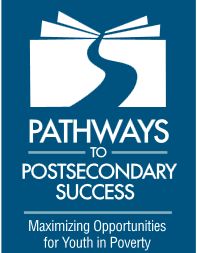Peer-Reviewed Research on Low-Income Students in Postsecondary Education: Trends and Future Directions

By Vicki Park and Tara Watford. The simultaneous impact of the Great Recession and a national focus on improving postsecondary access and persistence present both challenges and opportunities for the field of higher education. In this context, questions of how colleges and universities can better support low-income youth are increasingly at the forefront of research and educational reform agendas. The spotlight on higher education places researchers at an important crossroads—we need to assess not only what we know about low-income college students but also where our information gaps lie. Currently, we know that low-income students tend to enter and complete college in much smaller numbers than their middle- and high-income peers (Ashtiani & Feliciano, 2012; Oseguera, 2012) and only 11% of low-income students earn a postsecondary degree by the age of 26 (Institute for Higher Education Policy [IHEP], 2010). Historically underserved populations such as low-income Black, Latino and Native American students are less likely to earn degrees than their White and Asian/Pacific Islander peers (IHEP, 2011). Low-income students are also more likely to attend under-resourced, overburdened community colleges (Provasnik & Planty, 2008; Oseguera, 2012). But apart from these types of descriptive statistics, what research is being conducted on low-income college students? And specifically, how does the higher education field prioritize this research? In this brief, we examine several broad research trends that occur in five key peer-reviewed higher education journals over a 20-year period (1989–2008). In particular, we ask:
- How many articles were published that examine low-income youth in the context of postsecondary education?
- Were the data on low-income youth collected and analyzed via quantitative, qualitative or mixed-methods approaches?
- In what types of colleges and universities have low-income youth predominantly been studied?
Exploring these research trends allows us to better understand how the field has conceptualized the problems of college entry, persistence, and completion for low-income students. From this understanding, we can formulate research agendas= for the future that will be relevant and informative to initiatives aimed at improving college opportunities for low-income youth. More precisely, we can develop a deeper understanding of how higher education can promote equitable outcomes.
